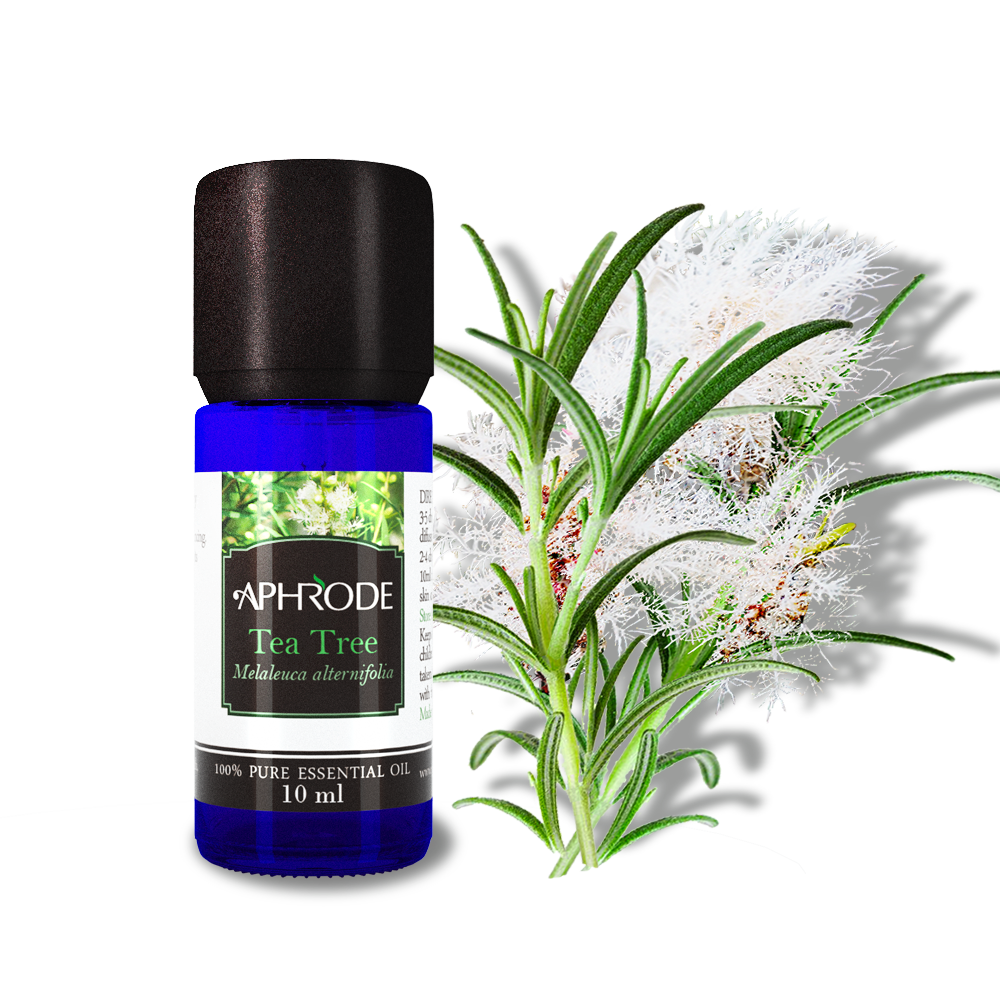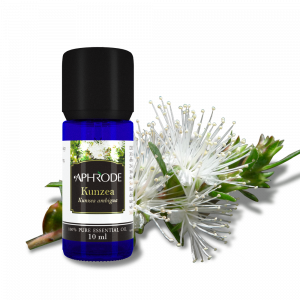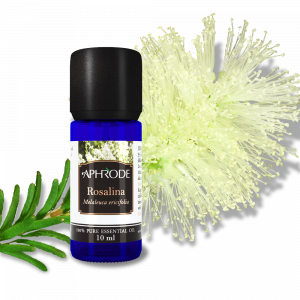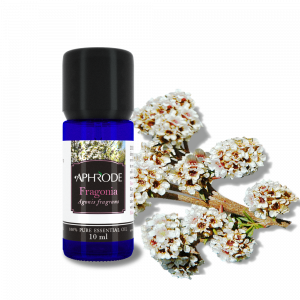Tea Tree Essential Oil
Botanical name
Melaleuca alternifolia
Botanical family
Myrtaceae
Origin
Australia
Method of extraction
Steam distillation
Major constituents
A typical chemical composition of tea tree is reported as follows:
- α-pinene 2.1%
- β-pinene 0.4%
- sabinene 0.2%
- myrcene 0.4%
- α-phellandrene 0.8%
- α-terpinene 7.1%
- limonene 1.4%
- 1.8-cineole 3.0%
- γ-terpinene 15.7%
- ρ-cymene 6.2%
- terpinolene 3.4%
- linalool 0.2%
- terpinen-4-ol 45.4%
- α-terpineol 5.3%
Uses
Spiritual & Mind
The warm, fresh spicy scent of tea tree is invigorating and balancing
Uplifting the spirit and building confidence
Body
Broad spectrum antimicrobial activity against bacteria, virus and fungi;
Recommended for the treatment of thrush, vaginitis, cystitis and pruritis;
Immune system stimulant;
Fight most common respiratory infections;
Soothes the irritation and nervous cough reactions linked to the inflammation
Skin care
Tea tree is recommended for the treatment of acne, athlete’s foot, blisters, burns, cold sores, dandruff, herpes, insect bites, oily skin rashes, verrucae, warts and wounds.
Directions
Add a few drops in a diffuser, oil burner, vaporiser , potpourri, massage oil or bath, skin creams or base;
Using a small amount applied directly onto acne, impetigo or fungal infections such as tinea and viral infections such as cold sores;
Treating wart, by placing a single drop of neat tea tree oil on the centre of the wart every day and covering it with plaster
Cautions
Avoid contact with the eyes. Suggest not to be taken, for special treatment needs follow to your professional therapist.
Keep out of reach of children.







Reviews
There are no reviews yet.